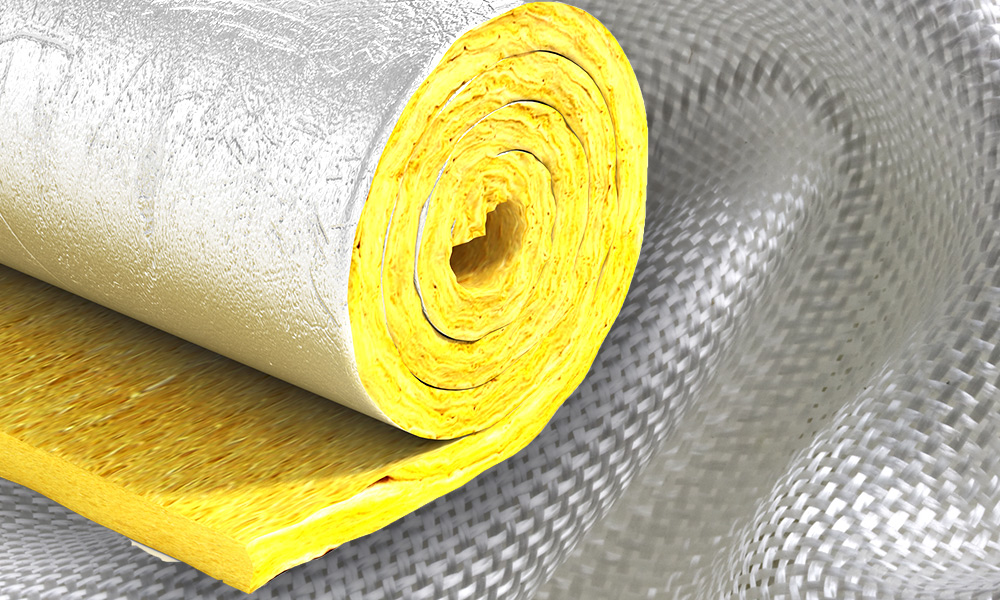Fiber Glass
The glass fibers are made of various types of glass depending upon the fiberglass use. These glasses all contain silica or silicate, with varying amounts of oxides of calcium, magnesium, and sometimes boron.
To be used in fiberglass, glass fibers have to be made with very low levels of defects.
Fiberglass is a strong lightweight material and is used for many products. Although it is not as strong and stiff as composites based on carbon fiber, it is less brittle, and its raw materials are much cheaper. Its bulk strength and weight are also better than many metals, and it can be more readily molded into complex shapes.
Applications of fiberglass include aircraft, boats, automobiles, bath tubs and enclosures, swimming pools, hot tubs, septic tanks, water tanks, roofing, pipes, cladding, casts, surfboards, and external door skins.
Glass Wool is also kind of Fiber glass by directing a jet of compressed air at a stream of molten glass to create the fibers and then a binder spraying system hold the fibers together to converting the fibers into a continuous ribbon of the glass wool passing through a curing tunnel to cool down flattened glass wool ribbon and at the end roll up the ribbon and packed it as end product.
the most common types of glass fiber used in fiberglass is E-glass, which is alumino-borosilicate glass with less than 1% w/w alkali oxides, mainly used for glass-reinforced plastics.
Other types of glass used are A-glass (Alkali-lime glass with little or no boron oxide), E-CR-glass (Electrical/Chemical Resistance; alumino-lime silicate with less than 1% w/w alkali oxides, with high acid resistance), C-glass (alkali-lime glass with high boron oxide content, used for glass staple fibers and insulation), D-glass (borosilicate glass, named for its low Dielectric constant), R-glass (alumino silicate glass without MgO and CaO with high mechanical requirements as Reinforcement), and S-glass (alumino silicate glass without CaO but with high MgO content with high tensile strength).
